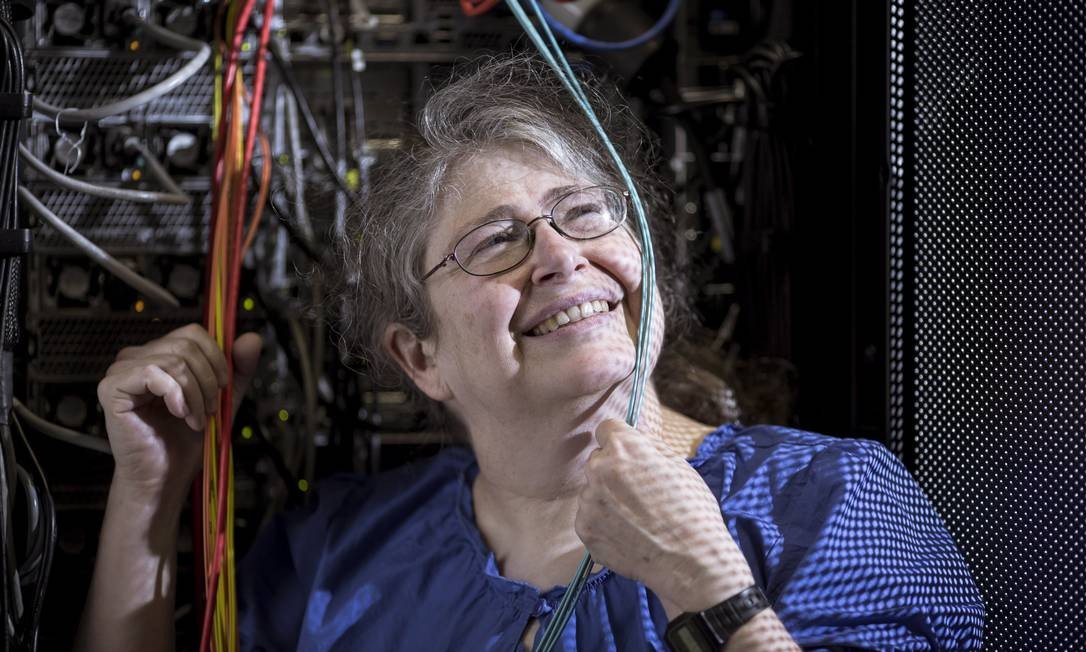

This means that if a link fails, there's a backup. It's called a "tree" because it creates redundant links between network nodes, or network points. Some people have likened it to a sort of traffic pattern for the Internet to follow. Perlman quickly provided STP as the solution. In 1985, Perlman was working for Digital Equipment Corporation, which was trying to solve the problem of file sharing between computers. Instead, she's best known for writing the algorithm behind STP (Spanning Tree Protocol). But Perlman didn't "invent" the Internet. Perlman has also won many awards, including twice being named one of the 20 most influential people in her field (by Data Communications Magazine). in computer science from MIT, has made numerous contributions to the Internet as we know it, holding more than 80 related patents.


RADIA PERLMAN SOFTWARE
There is a woman who has been called the "mother of the Internet." Radia Perlman, a network engineer and software designer with a Ph.D. But if you've heard of any of the so-called "fathers," have you also wondered if there's a "mother of the Internet"? Well, it depends on who you ask. There are lots of people whose work went into creating what we know as the Internet (yes, including Al Gore). Never heard of those guys? Many people, unless they're really into the history of the Web, probably haven't. A lot of different people have been called the "father of the Internet," including Vint Cerf and Bob Kahn, who invented the Internet protocol suite known as TCP/IP (Transmission Control Protocol/Internet Protocol).


 0 kommentar(er)
0 kommentar(er)
